Russell Jeung, chair of the Asian American Studies Department at San Francisco State University, on NPR about the recent rise:
What we’ve discovered isn’t that we’ve just had a spike, but we’ve had a surge over the entire year last year with COVID-19 and with the president’s political rhetoric in the last administration. We now have over 3,000 incidents and hate-filled incidents where people are tormenting Asian Americans. I can’t describe the actual amount of hate that Asian American community is experiencing now. We have over 11% of our cases where we’re getting pushed and shoved and actually physically assaulted.
Ugh.

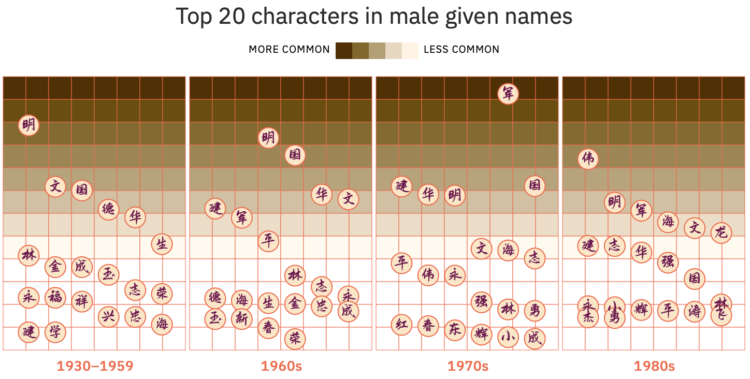
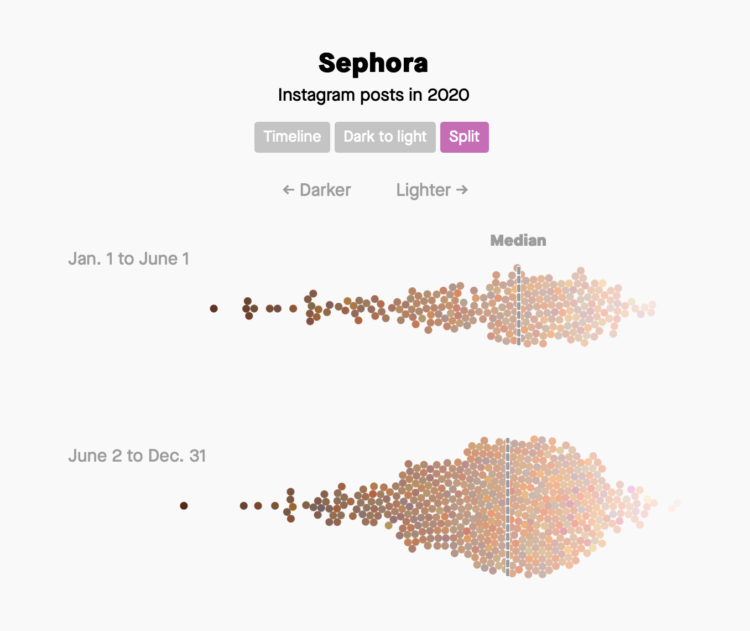

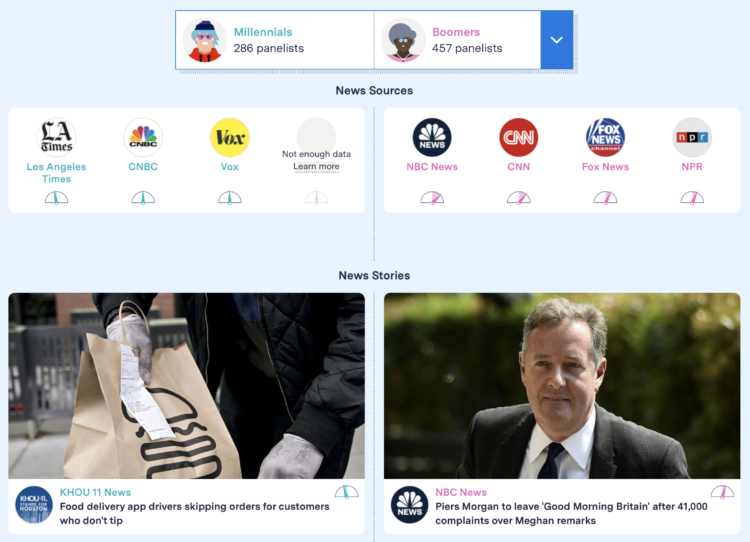
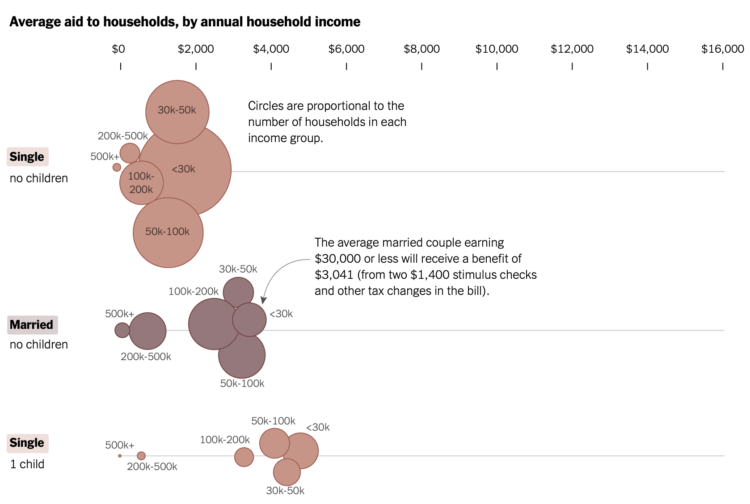
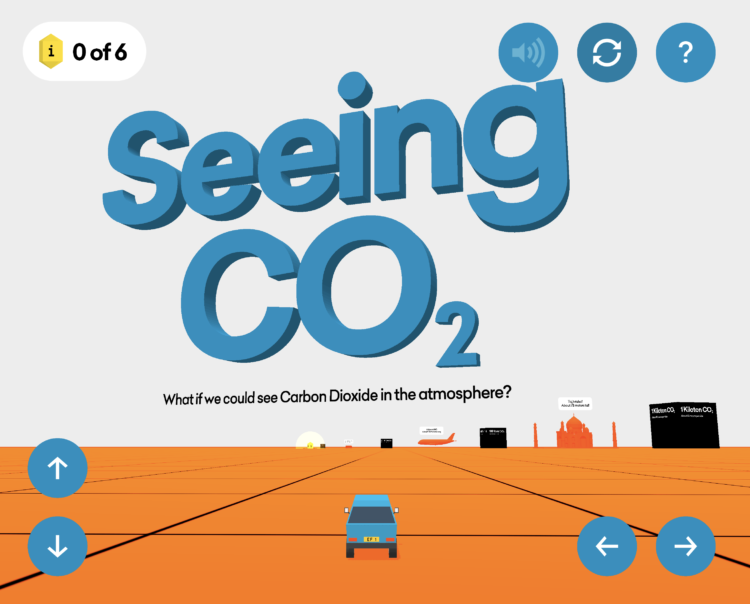

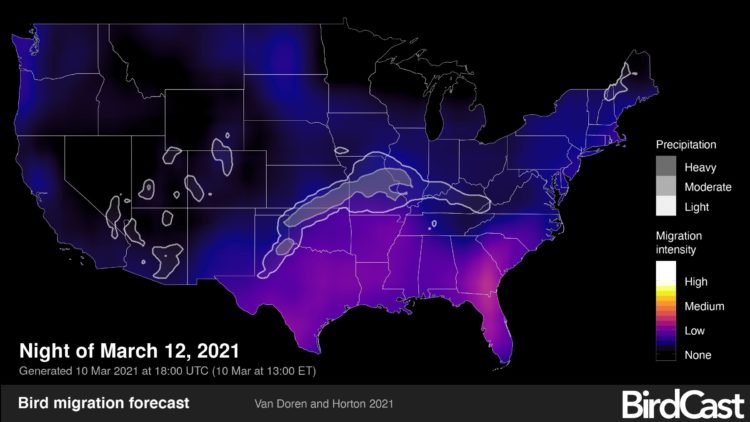
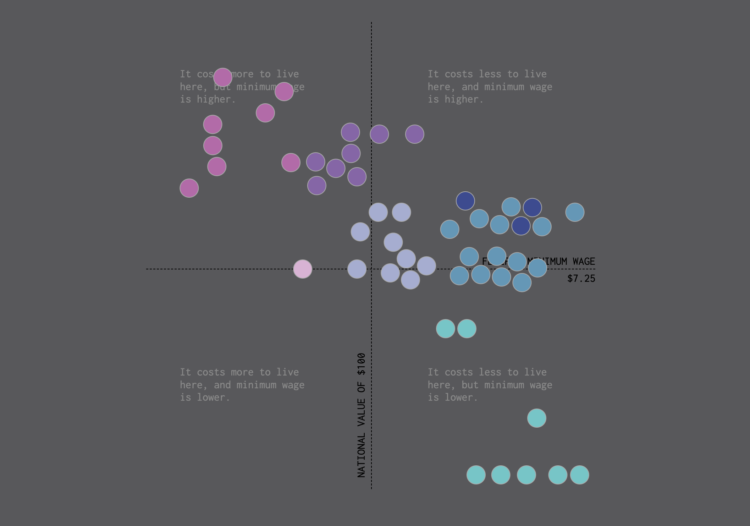
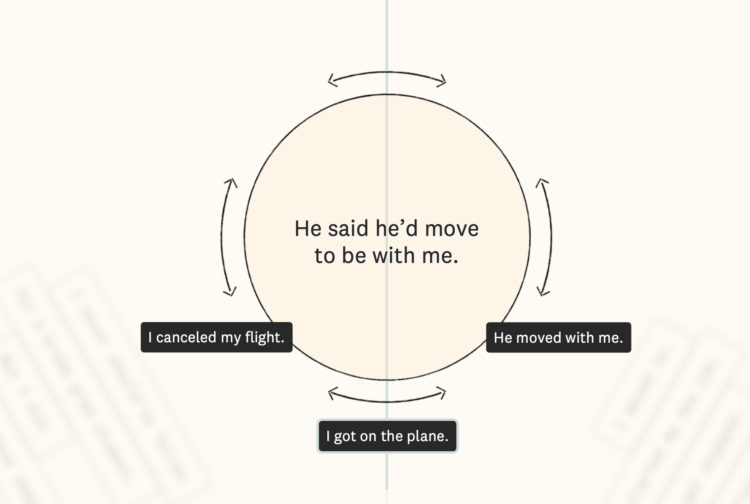
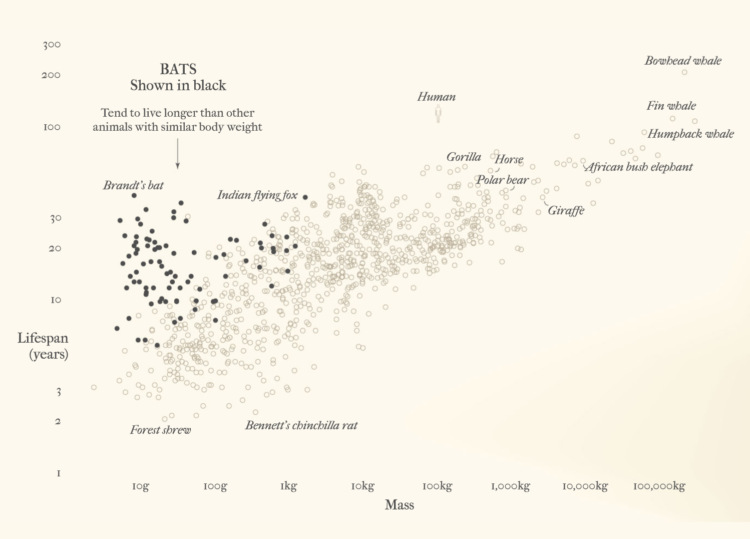
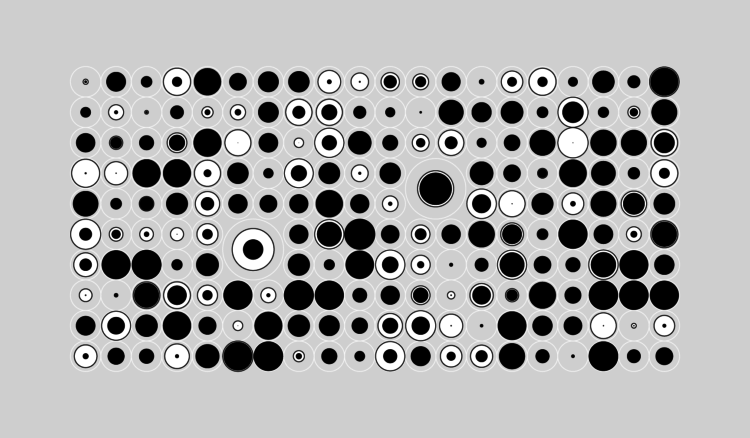
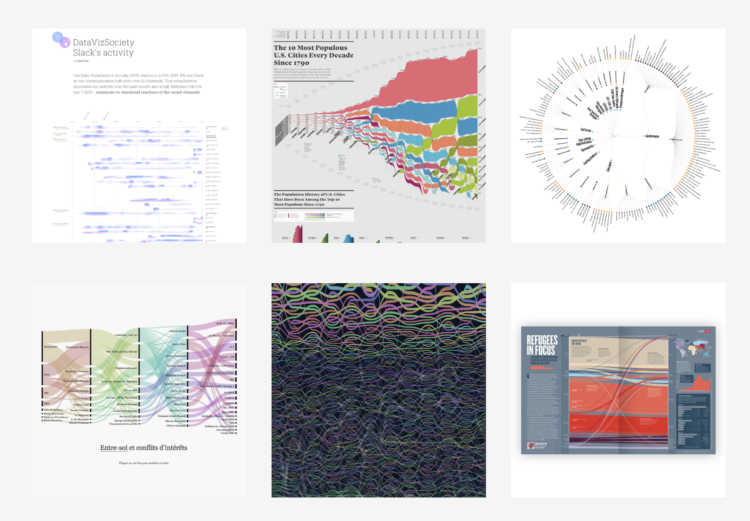
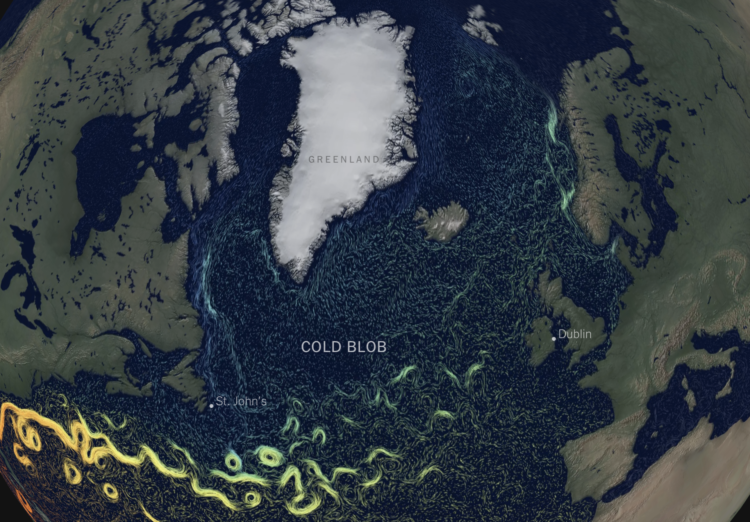
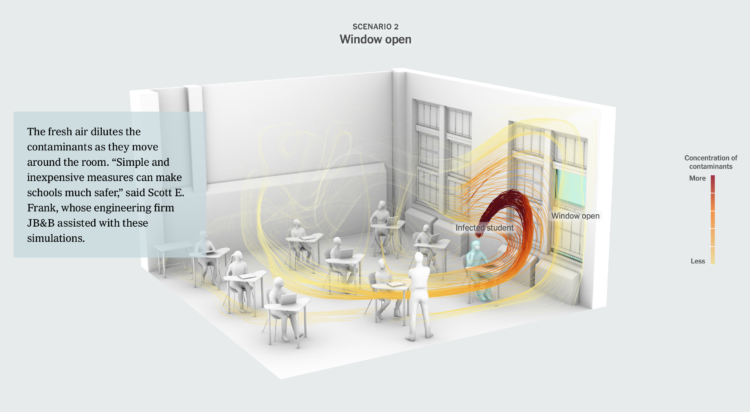
 Visualize This: The FlowingData Guide to Design, Visualization, and Statistics (2nd Edition)
Visualize This: The FlowingData Guide to Design, Visualization, and Statistics (2nd Edition)










